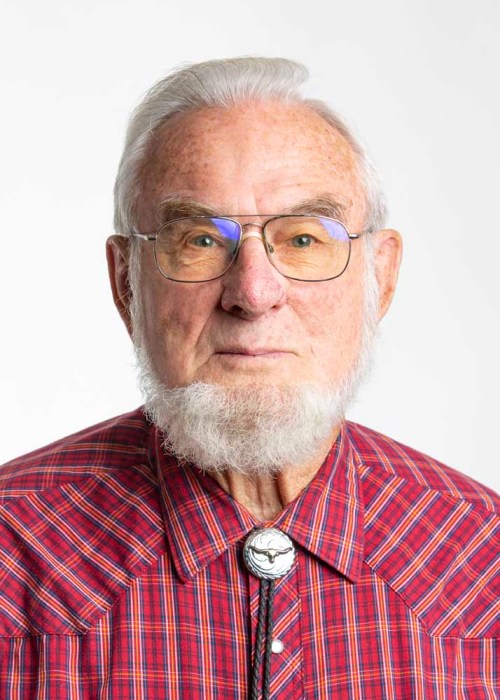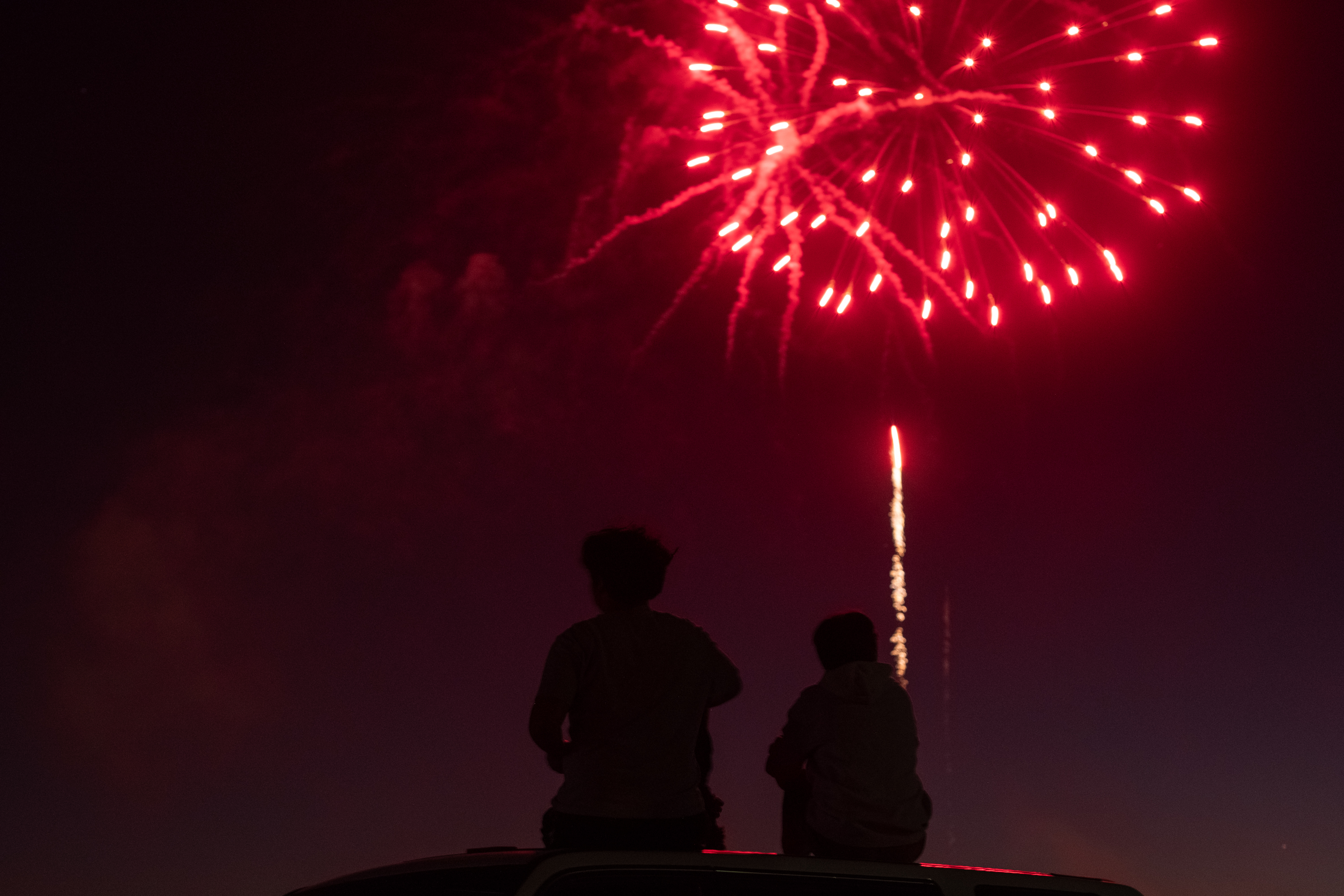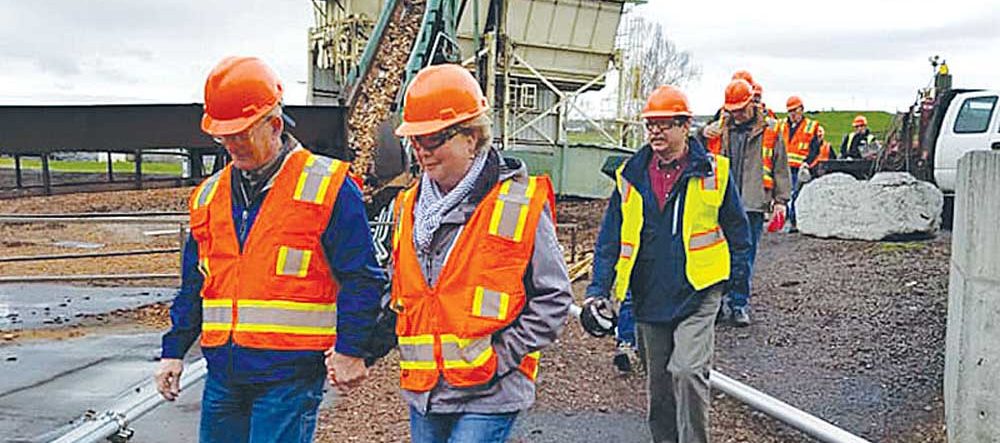A slice of life: Saba-Saba and the Fourth of July
Published 6:00 am Saturday, June 26, 2021

- Clark
The week after next we will celebrate our Independence Day.
In 1982, I was working in Singida, Tanzania, directing a development project. In a conversation about politics with a local man he talked about Saba-Saba, the day Tanzanias celebrate independence, and the great importance it has for them. He also asked what we as Americans did to celebrate our political holidays, especially our Independence Day?
That began a train of thought for me. What indeed do we do? Eat hot dogs, maybe? Drink beer? Watch fireworks? Perhaps have a party to do all three and play some softball, too? Very little, generally, to really celebrate the political freedom that for us is so far back in our history that we feel little immediacy — as opposed to Tanzanians who, because the gaining of independence is within their lifetimes, feel a great deal of involvement.
At that point I was the senior American of the area (42 years old) so I decided that we, the American community of the Singida area, would host a right and proper celebration of our Independence Day, and to that end we set about planning the event. The American population of the area was Barbara, my wife, our five kids, me, six Peace Corps volunteers who worked on the project I was directing, and several Lutheran missionaries. We wrote to the U.S. Embassy in Dar es Salaam outlining our plan and they did us proud. An American flag was sent and shortly before the event some dry ice-frozen hot dogs arrived — actual true American tribal-food hotdogs. What a smash.
We intended to demonstrate our true nationalism with a tribal parade, a tribal picnic with tribal foods, tribal games and then a tribal oratory. We invited a lot of Tanzanians and all the foreigners working in the area. Eighteen different nationalities attended.
The parade began. Having no electricity, I rigged a car stereo system with its attendant battery in a wheelbarrow so we could parade behind Old Glory to the tribal imperatives of John Philip Sousa’s “Stars and Stripes Forever.” It was a wonderful parade, winding through where we lived with our flag flying in front.
All 18 nationalities marched, including four physicians from the People’s Republic of China who were working at the hospital in town — and imagine at that time in history the irony of Red Chinese parading behind the American flag.
The tribal games began. For Americans it was pretty much standard stuff, such as wheelbarrow and three-legged races, but for the Africans it was an astonishing show of nonsensicality. They had never seen white people behaving in such ridiculous ways and it was real jaw-dropper. After our American tribal games, the Australians felt it necessary to introduce one of theirs called “Fling the Wellie.” The “wellie” is a knee-length rubber “Wellington” boot, and the idea is to see who can throw it furthest. It makes about as much sense as the American tribal games.
An Australian who won who was built like an orangutan with arms that reached almost to the ground, and he could make that Wellie float like a frisbee. Everyone played, including a German girl whose understanding of a “picnic” was a formal affair to which dress clothing was worn. Formal dress notwithstanding, the honor of Germany was at stake and she felt compelled to compete. So she hitched up the skirt of her pretty white dress to mid-thigh level and flung the wellie. It was a great event.
The picnic lunch was served. Hot dogs, hamburgers, potato salad, baked beans, corn on the cob, watermelon and brownies. How much more American can you get? There was lots of fun mixing and talking about the peculiar food that was being served.
The political part of the celebration began — the true foundation of our disparate mongrel American tribal identity. The orator stood on an upside-down wooden soap box. Everyone sat on the ground facing the box for the program.
First a history of how the Declaration of Independence came about and the people who wrote it, presented by a Peace Corps volunteer who had a degree in history. He explained the background of the people involved — how the writers came from varying modes of life, their Age of Enlightenment thinking, the political imperatives of the time and the formulation of the document. It was a great speech.
For the second piece of program, I stood on the soap box and read the entire Declaration of Independence, beginning to end, in what I attempted to make a clear, slow and respectful cadence. I have never experienced a more attentive and focused group of people — 80 individuals sitting on the ground, paying rapt attention to the entire document. A pin dropping in the sand could have been heard.
After the presentations the party was over and people said their goodbyes and thanksfor a wonderful fun time together. In total it was a terrific event. It felt good to everyone involved. People went home having had a fun and meaningful experience.
Very importantly, we Americans could express our national identity in a positive and acceptable way without any inference of superiority or vertical relationship, and to demonstrate that we indeed do have a lot to celebrate on our Independence Day. Additionally, that we can make fun of ourselves with our stupid games was both astonishing and important, and we certainly have some great celebratory foods.









